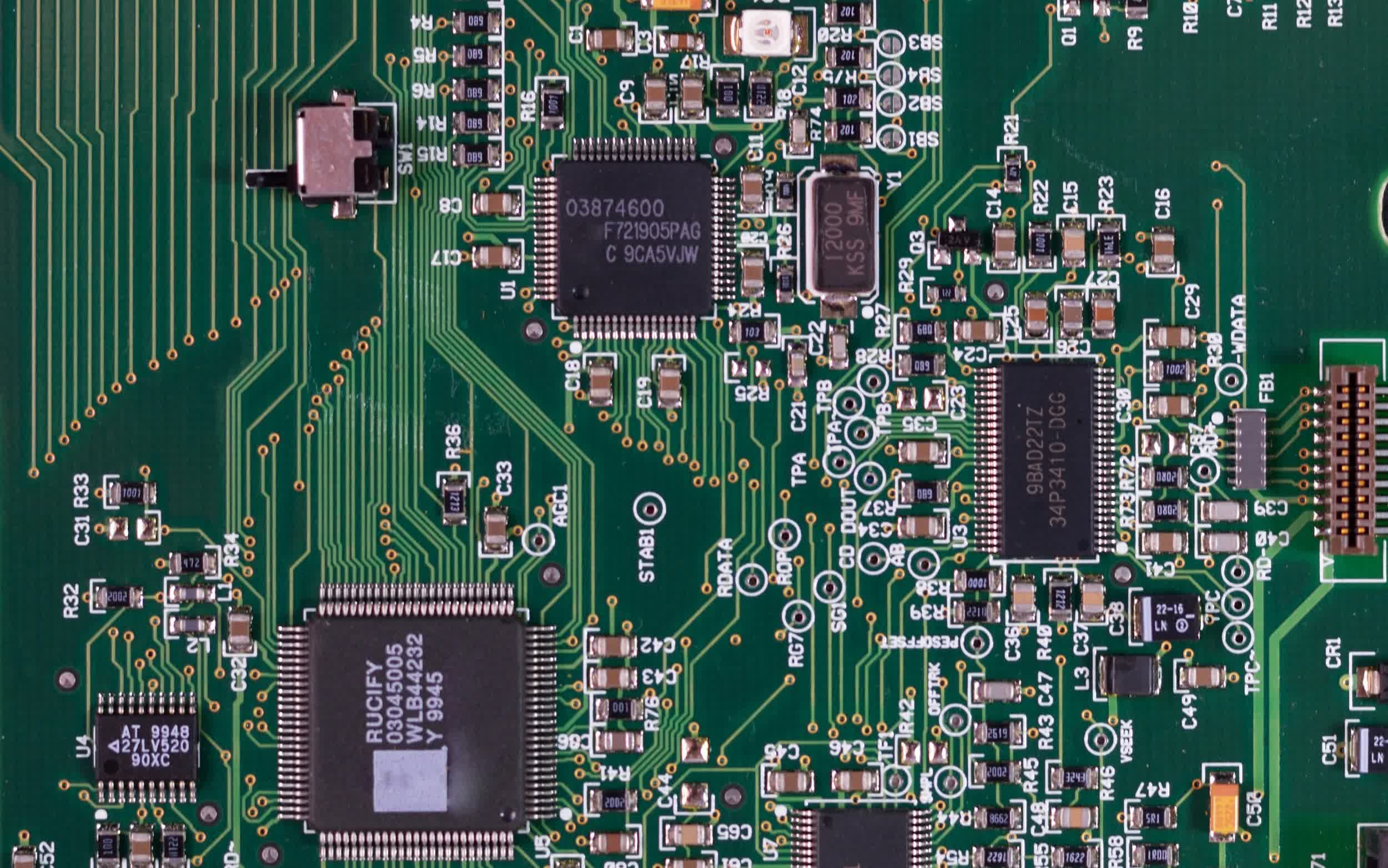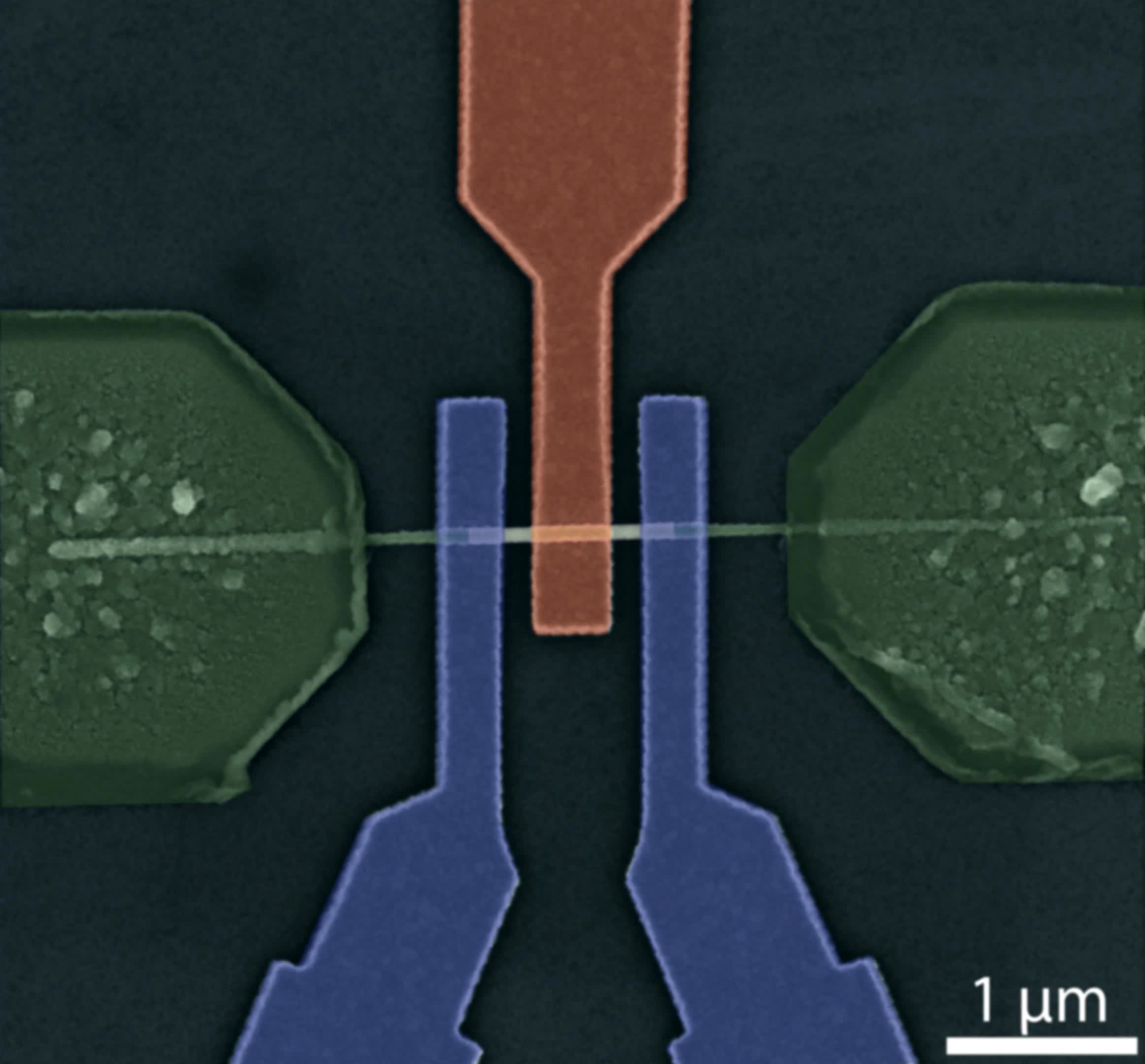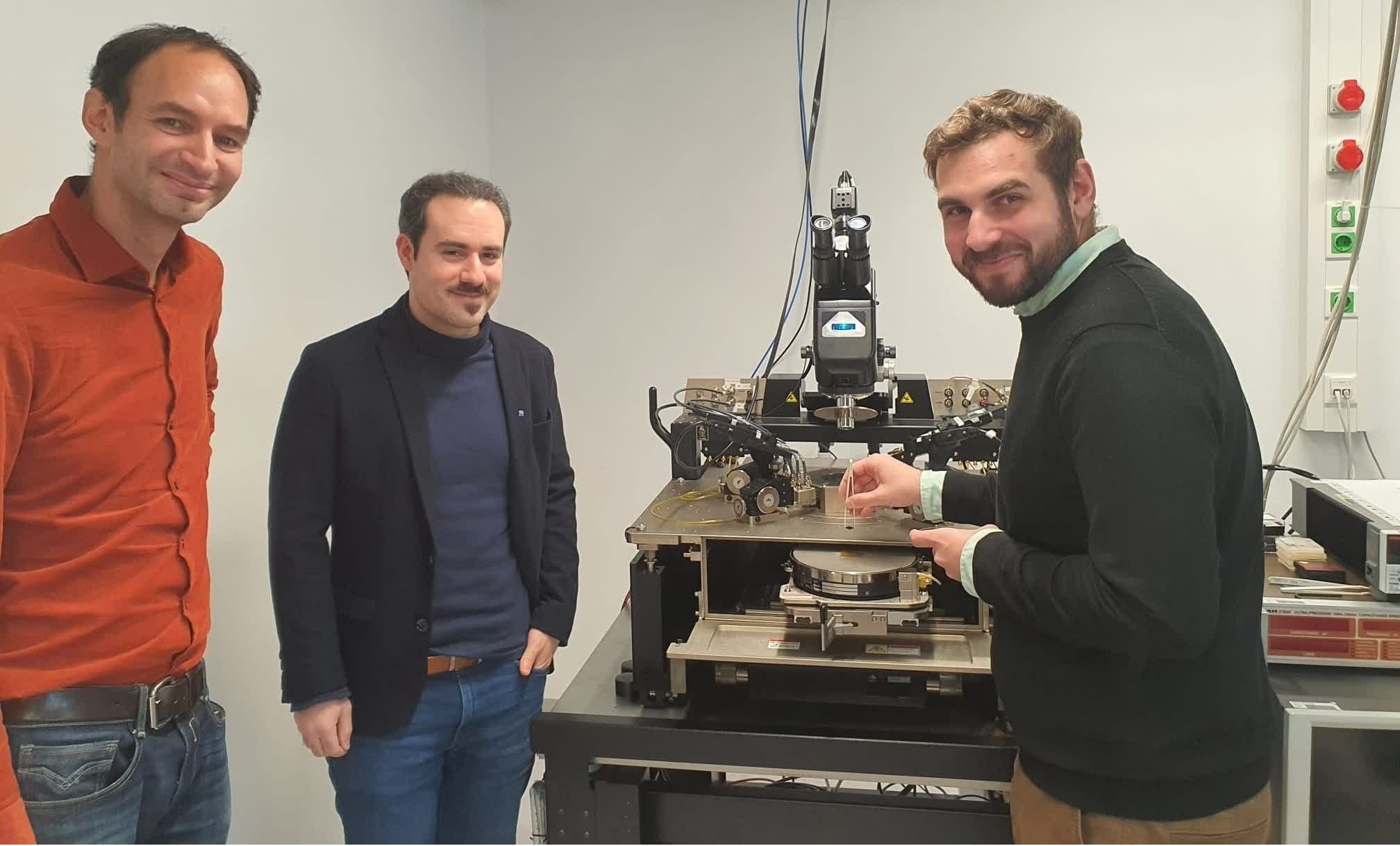What just happened? Researchers from the Vienna University of Technology have developed an adaptive transistor designed to provide more flexibility during run-time. The revolutionary new transistor was produced using germanium, an element on the periodic table with an atomic number of 32. To explain how it works, one needs to start with a basic understanding of an ordinary transistor.

As SciTechDaily highlights, a transistor is a tiny component that either allows current to flow, or blocks its flow, based on whether or not electric voltage is applied to a control electrode. This structure allows for the creation of simple logic circuits, and when you squeeze billions of them into a single package, you get something akin to a modern processor (in the simplest terms, of course).
In standard single-electrode transistors, free-moving electrons carry a negative charge. Individual atoms with an electron removed are positively charged. The researchers’ prototype works a bit differently.

In addition to the usual control gate (red) there is also a program gate (blue).
“We connect two electrodes with an extremely thin wire made of germanium, via extremely clean high-quality interfaces,” said Dr. Masiar Sistani, one of the researchers that worked on the project.
“Above the germanium segment, we place a gate electrode like the ones found in conventional transistors. What is decisive is that our transistor features a further control electrode, which is placed on the interfaces between germanium and metal. It can dynamically program the function of the transistor,” Sistani added.
The researcher further explained that germanium was chosen due to its special properties.
“When you apply voltage, the current flow initially increases, as you would expect. After a certain threshold, however, the current flow decreases again – this is called negative differential resistance. With the help of the control electrode, we can modulate at which voltage this threshold lies.”
The design, Sistani said, enables new degrees of freedom that can give the transistor the exact properties it needs at any given time.

Walter Weber, Masiar Sistani and Raphael Böckle (left to right).
Professor Walter Weber, another member of the team, said an arithmetic operation that previously required 160 transistors is now possible with just 24 transistors thanks to the new design. At that rate, it doesn’t take much imagination to envision how this breakthrough could be scaled to significantly impact efficiency and operating frequency.
“We don’t want to completely replace the well-established silicon based transistor technology with our new transistor, that would be presumptuous,” said Sistani. “The new technology is more likely to be incorporated into computer chips as an add-on in the future.”
More information on the new transistor can be found in a recently published paper on the American Chemical Society’s website.
Image credit: Miguel A. Padrinan
https://www.techspot.com/news/92775-adaptable-transistors-could-reduce-cpu-transistor-count-85.html